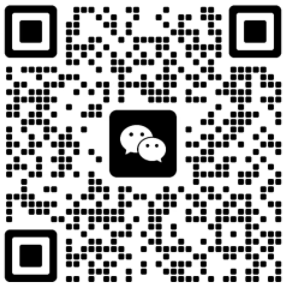Cutting and sewing are key steps in making all kinds of clothing. It involves producing clothing by cutting fabric into specific patterns and then sewing them together to form the finished product. Today, we’re going to dive into how cutting and sewing work and the benefits it brings.
Cutting and Sewing Steps
To better understand the process, let's start with the initial steps of making a garment. The first step is to create a technical package with all the necessary information about the garment, such as measurements, fabric, stitching, and other basic details. The software package serves as a blueprint for the production team, guiding them through the entire manufacturing process.
The second step is to make a pattern. A pattern is essentially a template that determines the shape and size of each garment. It is created based on measurements provided in the technology package. Pattern-making requires expertise and precision to ensure each garment is perfectly aligned during assembly. Once the pattern is ready, the fabric can be cut into individual pieces.
Now, let's get down to the heart of the process - cutting and sewing. At this stage, skilled operators use the pattern as a guide to cut the fabric into the desired shape and size. Use high-quality, sharp cutting tools to ensure accurate, clean cuts. This precise cutting is critical to maintaining the consistency of the final product.
Once the fabrics are cut, they are carefully sewn together using a sewing machine. Sewing machines allow for a variety of sewing techniques such as straight stitches, zigzag stitches, and decorative stitches. Skilled seamstresses assemble garments with precision and attention to detail, following the guidelines provided in the technical package. They make sure every seam is sewn securely to ensure the durability of the final product.
Benefits of Cutting and Sewing
There are many benefits to the cutting and sewing process. One of the significant advantages is the ability to control garment quality. From pattern making to sewing, every step is executed meticulously. This allows for better quality control, ensuring each garment is made to the highest standards.
Another advantage of cutting and sewing is the ease of printing. Fabrics used in cut-and-sew production can be easily customized with prints, patterns, or designs. This allows apparel manufacturers to create unique and personalized garments to suit customer preferences.
Additionally, cut and sewn garments are more durable than mass-produced ready-made garments. Because each garment is cut and sewn individually, the seams are usually stronger and less likely to unravel. This allows the finished product to withstand more wear and tear, making it a wise investment for customers who prioritize longevity.
In summary, cutting and sewing are an integral part of the garment manufacturing process. If you want to know more about the industry, please Contact us!
Contact Details:
Dongguan Minghang Garments Co., Ltd.
Email: kent@mhgarments.com
Post time: Oct-30-2023





